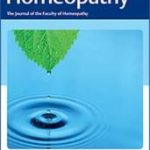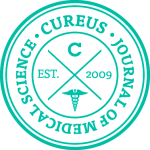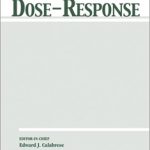Giuliano Pereira de Barros, Jaqueline Seugling, Patrizia Ana Bricarello
Effect of Homeopathic Medicines and a Nosode on Larvae of Cochliomyia hominivorax (Diptera: Calliphoridae)
Homeopathy, 2019, 108 (3), 177-182

Background – Cochliomyia hominivorax is the major fly causing primary myiasis in livestock animals in Brazil; its larvae develop in the host’s living tissues, causing mutilations, which can even lead to death. In conventional treatments of myiasis, chemo-synthetic insecticides have been employed directly on larvae present in the wounds. Homeopathy may represent a healthy and sustainable alternative both to prevent and to treat myiasis in animals and humans. The current study evaluated how the emergence of adult insects is affected by the use of the homeopathic medicines Sulfur 12cH and Pyrogenium 12cH, and the nosode produced from C. hominivorax larvae at potencies 8cH and 12cH, on third-stage larvae of a C. hominivorax colony. Materials and Methods – The homeopathic medicines and the nosodes were produced according to the Brazilian Homeopathic Pharmacopoeia. Control groups were distilled water, alcohol, no substance, and the organophosphate insecticide trichlorfon. For each group, 10 replicates were performed. Emergence rate of adult insects was evaluated by descriptive statistics followed by analysis of variance. Homogeneity of variances was verified by F-test and group means were compared with Tukey’s test. Results – Mortality rates in control groups were 2.7% for 30% (v/v) alcohol, 4.3% for distilled water, 3.2% for no substance (p > 0.05). In the trichlorfon group, the mortality rate of larvae was 90.8%. For Sulfur 12cH, the mortality of larvae was 94.6%, and for Pyrogenium 12cH it was 98.6%. The latter three means were not statistically different from each other or from the mean found for the trichlorfon group. The mortality rates of larvae were 61.3% and 66.6% for nosode C. hominivorax 8cH and 12cH, respectively (p > 0.05). Conclusions – Results suggest that homeopathy could be used therapeutically to prevent and treat animals and humans with myiasis caused by C. hominivorax.








Lascia un commento
Devi essere connesso per inviare un commento.